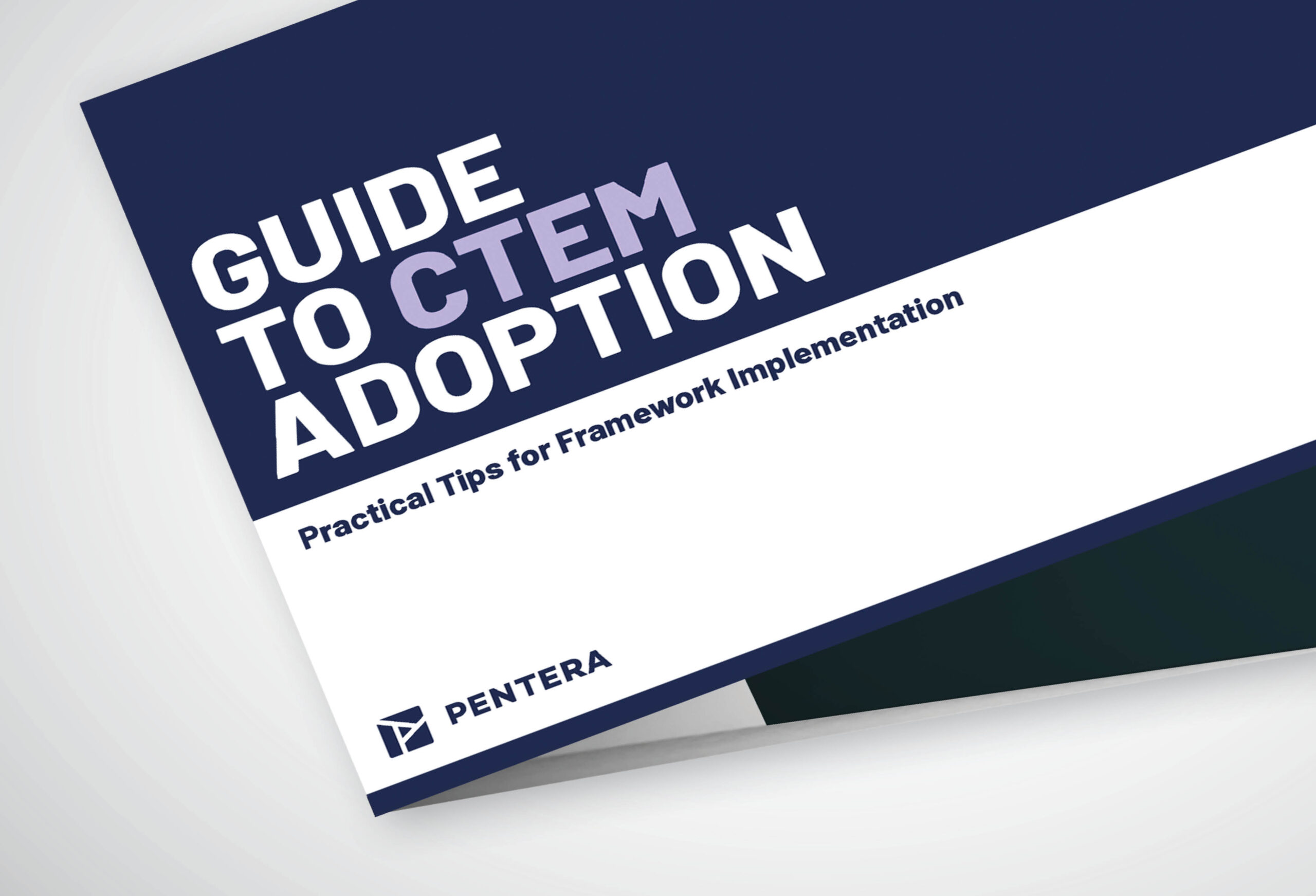What is Network Reconnaissance?
Network reconnaissance is the process through which threat actors collect information about target networks before mounting an attack. It typically involves the use of techniques such as networking scanning and probing to identify potentially exploitable vulnerabilities. To proactively defend against reconnaissance, organizations often implement Continuous Threat Exposure Management (CTEM), a framework that continuously monitors and strengthens cyber defenses against evolving threats.
Network Reconnaissance involves identifying and mapping network assets to locate potential entry points. It is often the first stage in Automated Penetration Testing scenarios.
Why is it important?
Network reconnaissance is important because it provides actionable information on network vulnerabilities and security posture. For threat actors, this is essential as it enables them to establish a plan of attack. For defenders, understanding these methods is equally important because it enables them to identify and mitigate exploitable vulnerabilities through vulnerability management practices, which systematically prioritize and address network weaknesses.
What is the purpose of reconnaissance?
The purpose of network reconnaissance is to learn technical details about open ports, IPs, security, active services, security mechanisms, and more. This information helps threat actors establish a clear understanding of IT infrastructure and network topology so as to map out potential entry points and attack paths. For defenders, this information enables the anticipation of certain attack vectors so that defenses can be strengthened preemptively through automated penetration testing methods.
What are the common methods used in network reconnaissance?
During this process, threat actors employ a variety of different techniques to help them uncover network vulnerabilities. These include the following:
- Port scanning: A threat actor scans a target system to identify open ports and services on endpoints.
- OS fingerprinting: An attacker analyzes data packets from a network to determine the type and version of an OS.
- Ping sweeps: An attacker sends ICMP echo requests to various IP addresses, using responses to identify active endpoints.
- Packet sniffing: A threat actor detects and observes data passing through a particular segment of a network and analyzes them to collect information about network protocols or credentials.
- DNS digging: An attacker queries DNS servers to gather information about domain names, IP addresses, and network zones.
- Phishing:A threat actor sends misleading emails to trick individuals at an organization into disclosing sensitive information or credentials that will facilitate unauthorized access. Many of these techniques overlap with OSINT techniques, as they rely on gathering publicly available or easily accessible data to map out an organization’s network.
What are the warning signs of reconnaissance activities?
There are a variety of different warning signs that security teams can look out for to detect reconnaissance activities in action.
Anomalous behavior in network devices or users could indicate network reconnaissance. Unexpected spikes in network traffic, for example, could be a warning sign, especially when traffic is traveling to and from unfamiliar IP addresses. Repeated and frequent attempts to scan ports and services on a network could also indicate an attempt to probe for vulnerabilities. Unusual or unexplained login attempts, particularly from external sources, could also be considered a warning sign, while alerts from intrusion detection systems (IDS) or intrusion prevention systems (IPS) provide a stronger indication that a threat actor may be engaged in network reconnaissance.
What are the risks of network reconnaissance?
The risks of network reconnaissance include the following:
- Compromised systems: Network reconnaissance can allow threat actors to identify and leverage vulnerabilities in applications to services to compromised systems and networks.
- Data breaches: If network reconnaissance is successful, threat actors could leverage the intelligence they’ve gathered to exploit security gaps, engage in lateral movement and privilege escalation, and gain unauthorized access, leading to data breaches.
- Operational disruption: If reconnaissance is successful, it can facilitate attacks that disrupt business operations, leading to financial losses and reputational damage.
What is the impact of reconnaissance on cloud security?
Cloud environments are often targeted through misconfigured APIs, exposed credentials, and weak IAM policies. Attackers use reconnaissance to map cloud assets, identify unpatched software, and exploit cloud misconfigurations.
How does network reconnaissance enable lateral movement?
Once inside a network, attackers use reconnaissance to:
- Identify trust relationships between systems.
- Locate privileged credentials and weak authentication mechanisms.
- Move laterally across segmented networks using discovered vulnerabilities.
Understanding the role of network reconnaissance in security
This process is a critical aspect of both offensive and defensive strategies in cybersecurity. By understanding the methods utilized by threat actors during network reconnaissance, organizations can monitor networks and systems closely to detect and respond to suspicious behavior early on. By staying vigilant against network reconnaissance and implementing robust security measures organizations can adopt a proactive defense and enhance their security posture.
FAQs
What happens after an attacker conducts reconnaissance?
After conducting reconnaissance, attackers seek to utilize the information they’ve gathered to mount an attack. This means exploiting identified security vulnerabilities and leveraging any stolen credentials to gain unauthorized access to the target network.
Can network reconnaissance be automated?
Yes, network reconnaissance can be automated. Using scripts and AI-powered tools, it’s possible to automate processes like network scanning, vulnerability scanning, and port scanning to gather information on network topology, vulnerabilities, and activities.
What tools and techniques are commonly used for network reconnaissance?
Network reconnaissance commonly involves the use of techniques such as packet sniffing, port scanning, ping sweeps, DNS digging, OS fingerprinting, and network mapping. Threat actors leverage tools like. Some commonly used tools include Nmap for network scanning and mapping, and Wireshark, which is used for packet analysis.
What's the difference between footprinting and reconnaissance?
Footprinting is a subcategory of reconnaissance. It is part of the preliminary phase of network reconnaissance, whereby the threat actor seeks to collect basic information about a target, such as domain details and IPs. Footprinting is then followed by more active reconnaissance techniques like scanning and probing.
What are the different stages of network reconnaissance?
Network reconnaissance typically occurs in three stages:
- Footprinting – Gathering publicly available information about the target network (e.g., WHOIS data, DNS records).
- Scanning – Using active probing techniques like port scanning and OS fingerprinting to identify weaknesses.
- Enumeration – Extracting deeper details such as usernames, shared resources, and vulnerabilities in exposed services.
How does network reconnaissance differ from OSINT?
Open-Source Intelligence (OSINT) focuses on gathering publicly available data from sources like websites, social media, and business records. Network reconnaissance, however, specifically involves active or passive methods to map out IT infrastructure and identify vulnerabilities.
What happens after an attacker conducts reconnaissance?
Once an attacker completes reconnaissance, they move into the weaponization phase, where they craft exploits targeting identified weaknesses. This could involve launching phishing campaigns, brute-force attacks, or deploying malware tailored to the target’s environment.
Can network reconnaissance be automated?
Yes. Automated reconnaissance tools like Shodan, Masscan, Nmap, and FOCA allow attackers (and ethical hackers) to quickly scan and profile networks at scale. AI-driven reconnaissance can also analyze network responses and adapt attack strategies in real time.
How do ethical hackers use network reconnaissance?
Security professionals and penetration testers use reconnaissance to simulate real-world attacks and uncover security gaps before adversaries do. Automated penetration testing tools streamline this process by continuously testing for network exposures.
How do organizations detect and respond to reconnaissance activity?
- Intrusion detection/prevention systems (IDS/IPS) to flag anomalous scanning behavior.
- Honeypots to lure and track reconnaissance attempts.
- Log monitoring and SIEM solutions to detect repeated or suspicious scanning patterns.
- Geo-blocking and rate-limiting to restrict unknown network requests.
How do attackers evade detection during reconnaissance?
Attackers use techniques like:
- Slow-and-low scanning – Sending packets over an extended period to avoid triggering security alerts.
- Using VPNs or proxy servers to mask their IP addresses.
- Spoofing legitimate traffic to blend reconnaissance efforts with normal network behavior.
- Utilizing compromised systems (botnets) to launch distributed scans.
What are the key indicators of a network reconnaissance attempt?
Security teams should watch for:
- Frequent access attempts from unknown IPs.
- Unusual spikes in network traffic, especially to uncommon ports.
- DNS queries for internal resources.
- Repeated login failures or brute-force attempts.
What’s the difference between footprinting and reconnaissance?
- Footprinting is the initial phase of gathering passive information about a network (e.g., DNS records, social engineering).
- Reconnaissance includes active probing such as scanning for open ports, service enumeration, and OS fingerprinting.
What countermeasures prevent unauthorized network reconnaissance?
- Enforcing zero-trust principles to limit lateral movement.
- Restricting external network access to necessary IP ranges.
- Configuring strict firewall rules to block common scanning tools.
- Regular penetration testing to identify and fix exposure points proactively.
Identify cloud vulnerabilities.
Detect and address vulnerabilities in your cloud environment.


